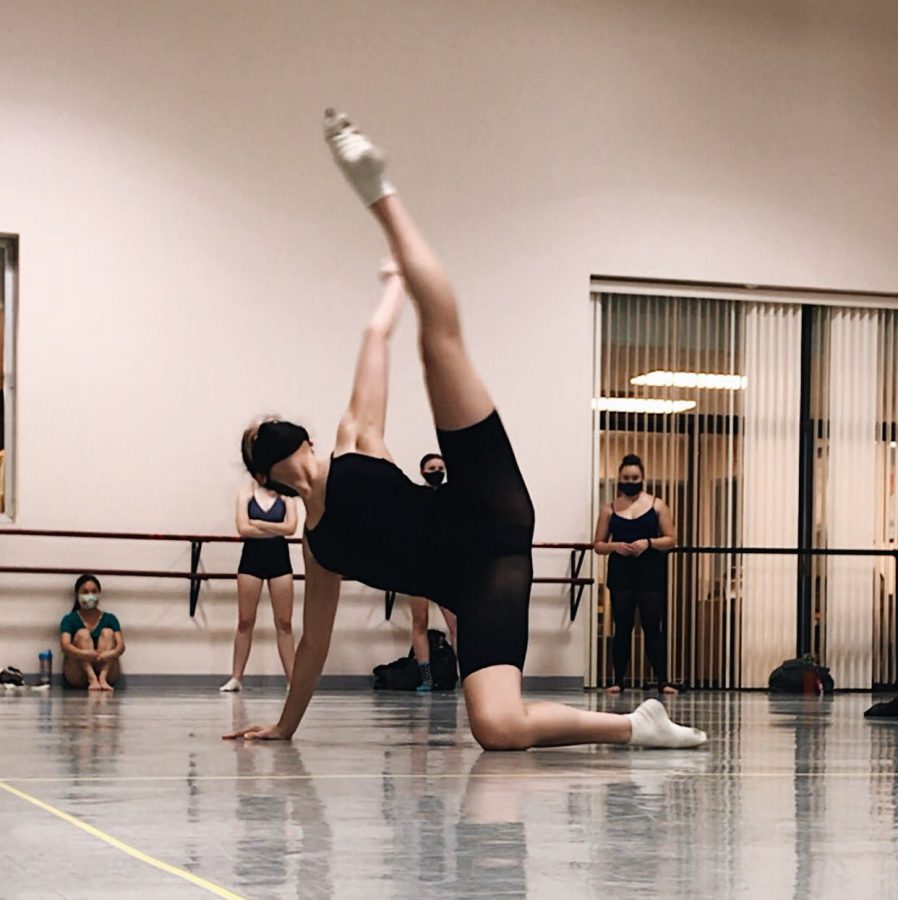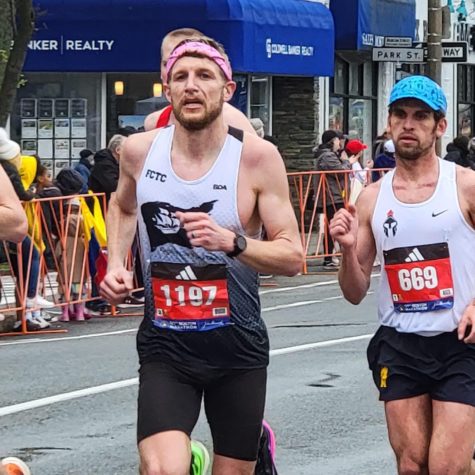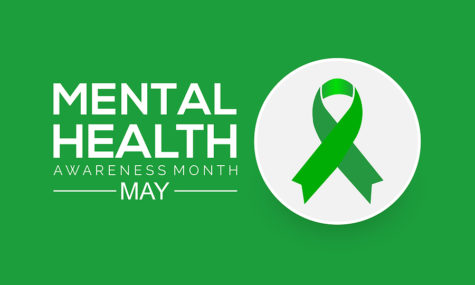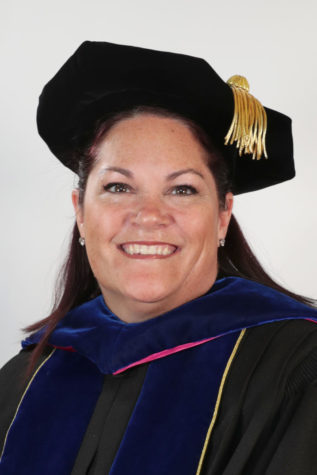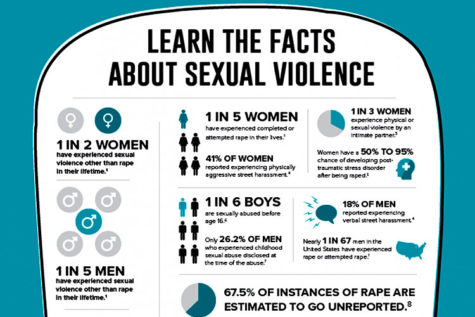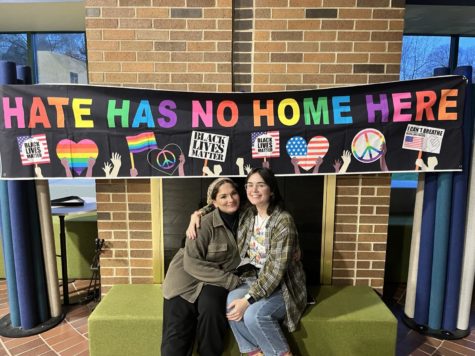Impact of COVID-19 on the fine arts
November 11, 2020
In one way or another, classes have been affected by the onslaught of COVID. Whether it’s music classes being socially distanced or science labs being held outdoors, every major has felt the pandemic’s impact. The different groups of art classes are no stranger to this.
From photography and art to dance and theater, these fine arts have been deeply impacted by the need to be online. Professional dance troupes and Broadway stars have been out of jobs for months now, but let’s not forget that students in these fields of study are also feeling the wrath of the coronavirus.
While there are cons to being primarily remote, there are also pros, and students are working to remain positive.“My minor is unique because some of the classes are very much interactive and constructive and it is very nice to be able to be on stage for an acting class, but it’s not impossible to do so remotely,” said Braden Rosciszewski, a sophomore Sports Medicine major with a minor in Theater. Rosciszewski most recently performed in the department’s online version of “The Canterville Ghost.” “Then there are classes like History of Musical Theater or Script Analysis which are more ‘classroom’ courses that can definitely be completed remotely. There are always changes that can be made to accommodate learning while still keeping everyone safe and I think that impacts how the classes function as a whole,” Rosciszewski said.The theater community has been heavily impacted by the presence of COVID, with productions having to be held remotely. Rosciszewski remains cautiously optimistic. “There are definitely some benefits to the system we’ve adopted,” said Rosciszewski. “Some of these include being at home and seeing my family more, having a flexible schedule, and trying new experiences. However, there are more negatives to this adaptation in my opinion.
The straight-through schedule we have adopted is very draining and stress-inducing. The long days of synchronous Zoom classes are a breeding ground for fatigue and laziness in courses. I think we’ve done a good job creating a framework for what we need to do, but I also think we need to make some big changes to keep everyone’s minds as healthy as their bodies.”However, some of the majors within the fine arts umbrella haven’t suffered too many changes due to our new reality. “My field has not been changed that much by the new COVID rules,” said Hannah Wittenburg, a sophomore Studio Art major. “I still have in-person classes for my major. We do everything in class and make sure we wipe things off as we are told to and are wearing our masks all the time.”However, just like any major, that is transitioning towards be-ing online and more socially distanced, not everything is perfect. “The pros to having classes in person, are that in-person instruction helps me develop my skills better than being online does,” said Wittenburg. “The cons, I would have to say, are having to rely on Zoom to get me connected with class.
It is hard to have connections with peoples’ faces when you cannot see them in real life.”Some fields, according to the students involved in them, have changed much more than others. “My field I feel has changed drastically since COVID,” said Hannah McCall, a senior Graphic Design major with a Photo minor. “A lot of art classes are in-person and very hands-on. Being an art major, visual and tactile learning are key elements in education. We used to give critiques on all our projects in groups, which really helped us develop our work. I have even heard now from people who have graduated that it’s harder to find graphic design jobs because the job itself is very personable, with meetings and client interactions.
It’s important to follow the guidelines given to us in order to prevent the spread of COVID, but being an art major is interesting now because we have to get creative with our problem-solving in order to still get enough out of our time and education.”Even with all of the drastic changes, McCall has seen some benefits. “Some pros are keeping art spaces clean,” said McCall. “It’s very easy to let art spaces go because you can just let stuff kind of sit there, but COVID forced us to stay organized, which I think will benefit us in the long run. Some cons are the lack of critiques, lack of art shows, and galleries. We can’t go to museums, and we can’t contact clients outside of Mercyhurst for an experience beyond Zoom calls.”
Something that can often be glossed over when it comes to the struggles of having an online education is that the teachers are affected just as much as the students are. “The dance world itself is currently in flux,” said Jennifer Mc-Namara, assistant professor of Dance. “Funding structures are dissolving – ticket sales are down because live performances can’t happen in the old way, and traditional grants and fundraising ventures are slowing as well. So, the idea of what it means to be in a dance company, or to be an independent dance artist or a dance teacher is shifting as a result. We’re trying to predict the curve of this evolution and get ahead of it, so our students are well-prepared for whatever the world looks like when they graduate.”So much has had to be changed for Dance, but McNamara and the other professors and students have powered through. “Over the summer we mapped the space in the studios, modeling our work after European dance companies, who were a few months ahead of us in this pan-demic,” said McNamara. “Using their spatial models and noting the air turnover rate in the studios, each student has been allotted a 12’x12’ square in which to dance, to avoid moving into an-other dancer’s “jet stream” during class. This means we can’t practice the expansive, traveling sequences we think of as the epitome of dancing.
Each of our dance studios has a maximum capacity of 12 dancers for each hour-and-a-half class, and so that the dancers can practice in-person every day, which is critical in our field. Our larger classes are split between two studios, with the teacher monitor-ing both rooms simultaneously. Any students who are attending virtually, for a variety of reasons, are streamed via Zoom.”McNamara’s comments show the myriad of thought that has had to go into each aspect of dance this year. “So much of learning in Dance is tied to visual cues; seeing how a step works on a different body, learning from others’ rhythm or timing or coordination and see-ing others’ successes and valiant efforts which help you understand your own body.”Those who work and study in the art fields have had to uproot their entire schedules to accommodate the changes, but near or far, they’ve managed to stick together and get through this pan-demic. Let us remember the value and dedication of the arts.

